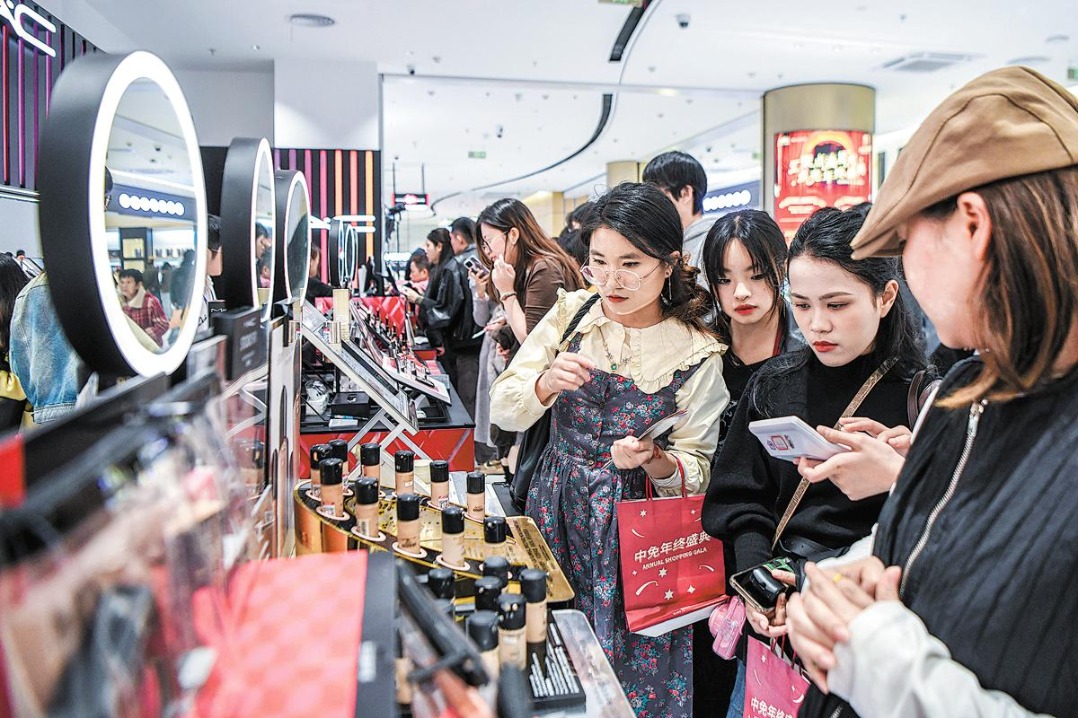Shopping: Brick and mortar still matters
By Cao Chen in Shanghai | China Daily Europe | Updated: 2018-12-16 12:58
Stores through the centuries
According to Song Zuanyou, a former researcher at the Shanghai Academy of Social Sciences' Institute of History, department stores only became popular around the world in the 1800s after the founding of Le Bon Marche in Paris in 1838.
However, Shanghai was largely isolated from the trend until the 1900s, when the city's economy made great strides forward due to rapid industrial development.
"During this period, people became wealthier and had more purchasing power. This meant that the smaller stores they used to shop at were unable to meet their growing demands," says Song.
The first department store in Shanghai was built in 1906. Established by the foreign company White-Away, Laidlaw & Co and located on Nanjing Road, the five-story building featured more than 20 brands. However, the store did not make much of an impact on the local scene, as most of its offerings were imported goods catering to the expatriate population.
In 1917, the Sincere Department Store was founded in Shanghai by Sincere Company Limited. While this department store also sold pricey global goods, it stood out by introducing new functions to the space, such as entertainment options, offices, hotels and a rooftop garden.
Lu Yongyi, a professor from the school of architecture at Tongji University, once said at a seminar in 2016 that the Sincere Department Store was "a unique model that laid the foundation for all shopping malls in the city".
Following the success of Sincere, the Wing On and Sun Sun department stores entered the market a few years later. This trio of retail enterprises dominated the local market for many years to come.
But the entry of the Da Sun Department Store in 1936 broke the monopoly. Established with an initial capital of HK$4 million ($512,000; 448,000 euros; £402,000), the 10-story Da Sun Department Store was equipped with Otis escalators, a heating and cooling system and underground stores, all of which were firsts in China.
"I still remember that during my days in junior high school in the 1970s, people would go to the mall just to see the escalator," says Lao Guoling, a 54-year-old Shanghai native. "During the two decades I spent living in my grandma's home on Nanjing Road, hanging out at Da Sun Department store was an after-school ritual."
Despite the War of Resistance Against Japanese Aggression (1931-45), business at department stores boomed as a large number of foreigners sought shelter in Shanghai and moved to the international settlement and the former French Concession.
"A new round of transformation for department stores occurred after the war when locals who needed high quality but affordably priced goods drove demand in the city," says Lao, who is also the director of the E-Commerce Research Center at Shanghai University of Finance and Economics.
After the founding of the People's Republic of China in 1949, Da Sun Department Store was replaced by No 1 Shopping Center which offered more local products to consumers.
























